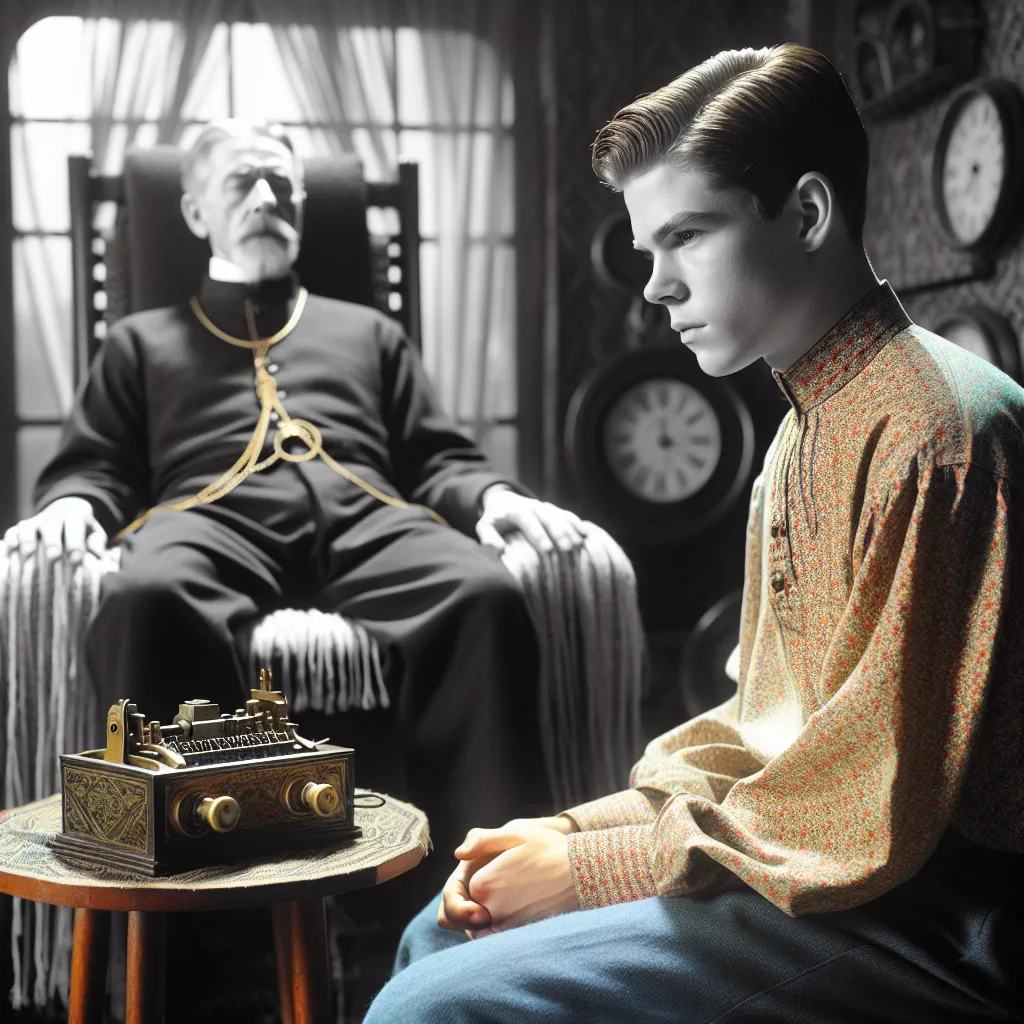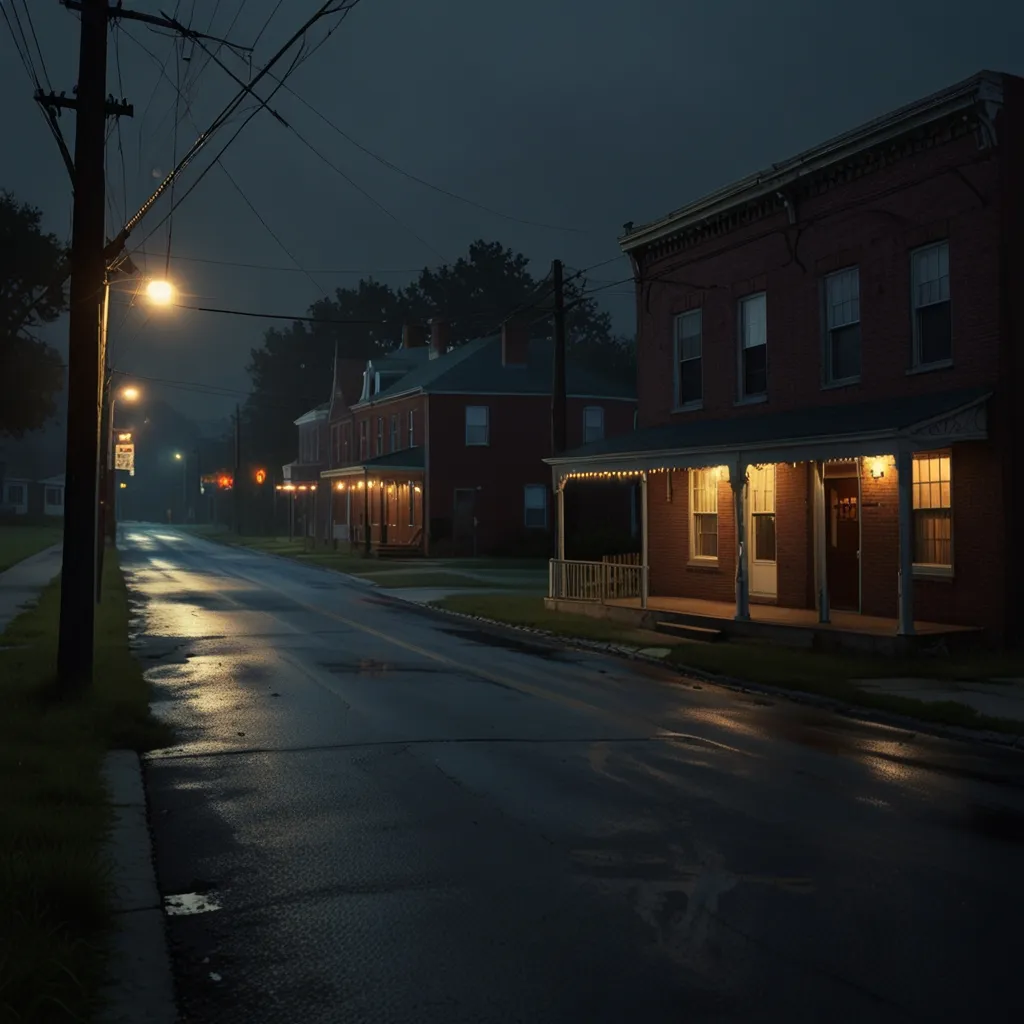Back in 1935, a young telegraph operator entered a room and immediately noticed a small black couch. This was a time when Sigmund Freud had made the psychiatrist’s couch a symbol of therapy, but the young man wasn’t there for a shrink. He came to see Edgar Cayce, the country’s most famous psychic.
Edgar Cayce calmly entered the room, kicked off his shoes, laid back on the couch, and entered a deep trance. Minutes later, he began whispering profound insights about the past, present, and future, not just for the young man but for the world. This remarkable ability earned Cayce the title of “The Sleeping Prophet.”
Born in rural Kentucky to a poor farming family, Cayce was far from an average kid. He was more interested in the Bible than playing outside. At 11, a winged woman in the woods asked him what he desired most. He replied that he wanted to help others, especially sick children. That same day, after a disappointing school test and a physical reprimand from his father, the winged woman instructed him to sleep on his school book. Miraculously, he woke up knowing everything in the book.
His unique talents didn’t end there. After a spinal injury, Cayce recited an herbal remedy in his sleep that healed him. Later, he cured his severe laryngitis with self-hypnosis. His fiancée believed he had a divine gift, urging him to share it with the world.
Cayce soon began performing readings twice a day, diagnosing illnesses and suggesting remedies. In 1902, he correctly diagnosed a young girl’s brain injury as a spinal injury, saving her life, and soon, letters seeking his guidance poured in. Over the next 40 years, Cayce provided thousands of readings, helping countless people.
But Cayce wasn’t just into medical diagnoses. He made predictions about global events too. Six months before the stock market crash of 1929, he advised his friends to sell their stocks. He predicted the global economic recovery in the spring of 1933 and accurately foresaw Hitler’s rise and World War II.
Cayce’s predictions stretched into the realms of science and geography. He spoke of the discovery of the Dead Sea Scrolls, described El Niño and La Niña weather patterns before they were recognized, and even foresaw that the 44th President of the United States would be black—a prediction that came true with Barack Obama.
On January 1, 1945, Cayce predicted his own death, stating he would be buried in four days. He died of a stroke three days later, just as he had foreseen. While some of his predictions, like a catastrophic pole shift, remain yet to be seen, Cayce’s overall accuracy is compelling.
Skeptics argue that Cayce’s predictions were vague, a technique known as the Barnum effect, where general statements are accepted as personally meaningful. However, countless accurate predictions, even specific ones like the discovery of the Bimini road, validate many of his claims.
Despite detractors, Cayce’s supporters find solace in his readings. He never sought financial gain and was genuinely committed to helping others. Whether he was a true psychic or not, his dedication to service is clear.
The essence of Cayce’s legacy lies in his compassion and willingness to help. As we navigate through chaotic times, perhaps what we need most are more people like Edgar Cayce, individuals who prioritize the well-being of others over personal gain. His life reminds us to be kind, committed, and connected in our communities.
Thanks for sticking around. If you enjoyed this journey through Edgar Cayce’s life and predictions, do share your thoughts and spread the word. Be safe, be kind, and know that you are appreciated.






